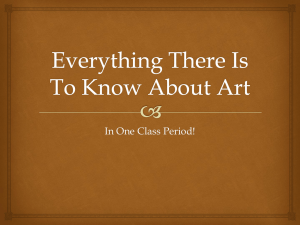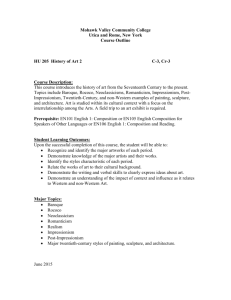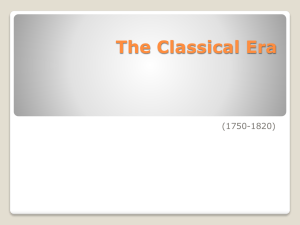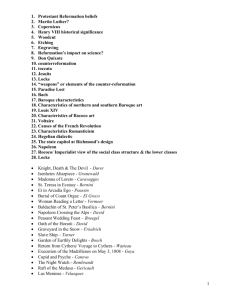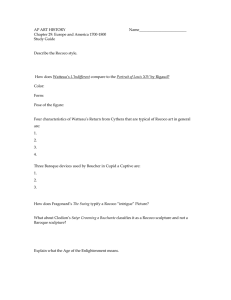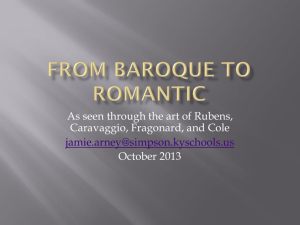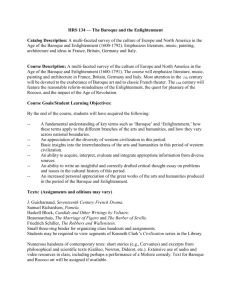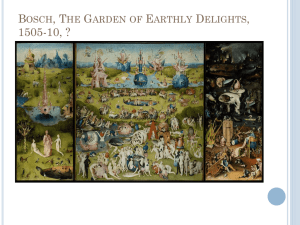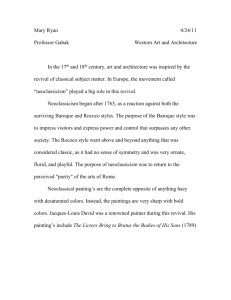Enlightenment Arts
advertisement
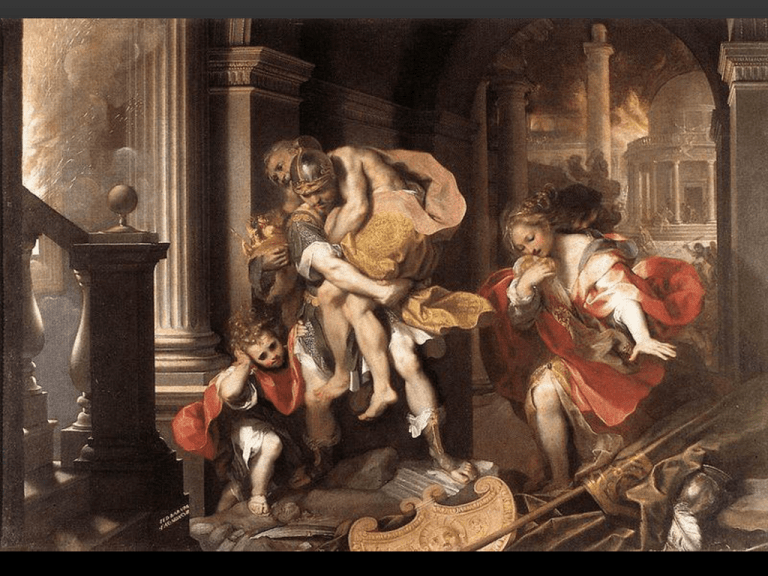
Baroque Art • Used exaggerated motion and clear, easily interpreted detail to produce drama, tension, exuberance, and grandeur • Painting style was known for its use of dramatic effects to arouse the emotions Rococo • Outgrowth of the Baroque period, flourished in Europe from about 1700-1780 • Often playful, showy and luxurious • Draws on symbols from nature, including shells, rocks, vines and flowers • Revered beauty, focusing on the delicate and the ornate and celebrated the gratification of the senses • Rococo art portrays scenes from classical mythology with a delicacy lacking in Baroque art Neoclassicism • In 1700’s, archaeological discoveries in Greece and Rome revived interest in the study of classical art and literature • Popular style, especially in France where the heroic, moral themes in classical history were used to inspire the causes of the French Revolution • Art of this time reflected calm, serious subjects presented with simple lines and a sense of order and purpose In the handouts illustrating enlightenment art answer the following: 1. Distinguish the style (Baroque, Rococo or Neoclassicism) 2. Explain your reasoning 3. How does the artwork or architecture reflect enlightenment ideals? ROCCO http://www.youtube.com/watch?v=fLWUbmkshp8 NEO-CLASSICISM http://www.youtube.com/watch?v=F1IaMgha9fk MOZART – THE MARRIAGE OF FIGARO http://www.youtube.com/watch?v=ikQNFqVkNNc HANDEL – MESSIAH http://www.youtube.com/watch?v=usfiAsWR4qU
